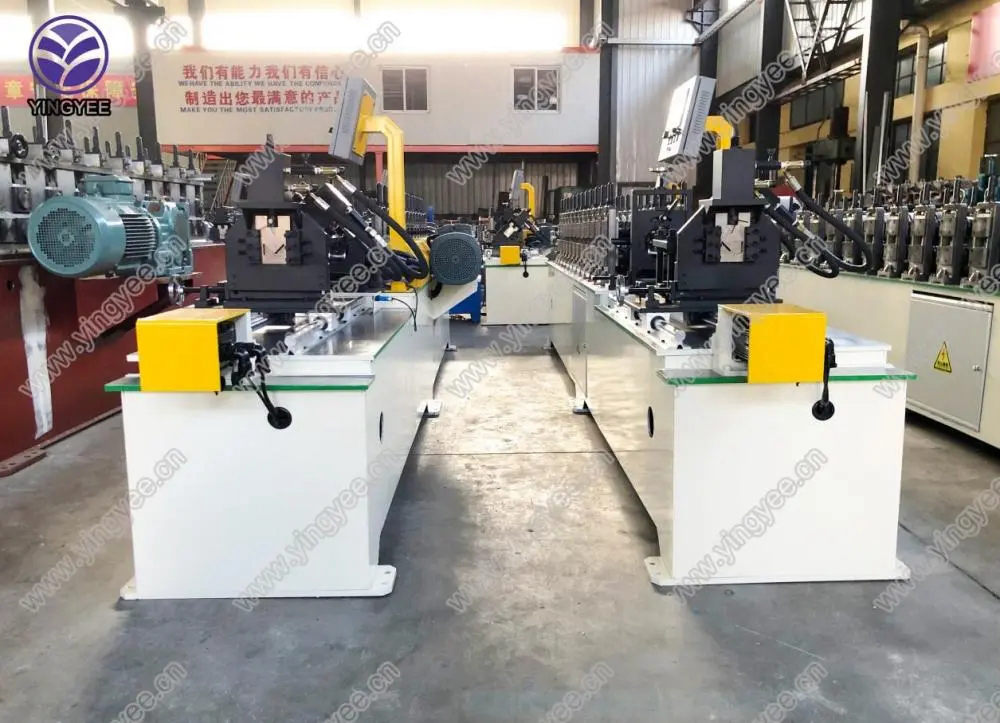
Understanding Cold Bending Price Factors That Influence Costs and Market Trends
Cold bending is a metal forming process that involves bending steel or other metals at room temperature, allowing for the creation of complex shapes without the need for heat, which can alter the material properties. This technique is widely used in various industries, including construction, automotive, and manufacturing. As demand for customized metal products continues to rise, understanding the factors that influence cold bending prices becomes increasingly important for businesses and consumers alike.
Factors Influencing Cold Bending Prices
1. Material Costs The primary factor influencing the price of cold bending is the cost of raw materials. Prices for metals such as steel, aluminum, and other alloys fluctuate based on market demand, supply chain disruptions, and global economic conditions. For instance, if there is a surge in demand for steel in construction, the prices may escalate, directly impacting the cost of cold bending services.
2. Thickness and Complexity of Parts The thickness of the material and the complexity of the desired bends also play a crucial role in pricing. Thicker materials require more force and specific machinery for bending, which can increase costs. Similarly, more complex shapes necessitate advanced techniques or tooling, further contributing to the expense.
3. Volume of Production Economies of scale can significantly affect cold bending prices. Higher production volumes often lead to lower per-unit costs because fixed costs are spread over a larger number of parts. Conversely, low-volume production can be more expensive due to the set-up costs associated with small runs.
4. Labor and Expertise Skilled labor is essential for cold bending, particularly when precision and quality are required. The cost of labor varies widely depending on geographic location, industry standards, and the level of expertise necessary for a specific project. Regions with higher living costs may naturally exhibit higher labor rates, influencing overall pricing.
5. Equipment and Technology The type of machinery used for cold bending can significantly affect prices as well. Advanced technologies that offer higher precision or efficiency may come with higher initial costs, which can be reflected in service fees. Companies that invest in the latest equipment tend to deliver better results but may charge a premium for their services.

6. Market Competition The competitive landscape plays a vital role in determining cold bending prices. In markets where numerous providers vie for clients, prices may be lower due to competition. However, in niche markets or specialized applications where few players operate, prices could be higher as companies capitalize on limited options for consumers.
7. Specifications and Standards Certain projects require adherence to specific industry standards or specifications, which can also influence pricing. Compliance with regulations requires additional testing or quality assurance processes, contributing to overall costs.
Current Market Trends
In recent years, the demand for cold bending has been on the rise due to innovations in design and manufacturing processes. The construction and automotive sectors, in particular, have adopted cold bending techniques to create lightweight yet durable components. With the increasing emphasis on sustainability and energy efficiency, manufacturers are exploring cold bending as a way to reduce waste and improve product performance.
Moreover, advancements in automation and technology are transforming the cold bending landscape. Automated systems streamline production processes, reduce labor costs, and enhance precision, ultimately impacting pricing structures. Businesses that embrace these technological innovations often remain competitive in an ever-evolving market.
Conclusion
Understanding the factors influencing cold bending prices is essential for businesses and consumers looking to make informed decisions. With a landscape marked by fluctuating raw material costs, labor rates, and technological advancements, staying abreast of these trends can facilitate better negotiation and planning for projects relying on cold bending techniques. As industries continue to evolve, the significance of cold bending in manufacturing and construction is likely to grow, further embedding it as a vital part of modern metalworking practices.